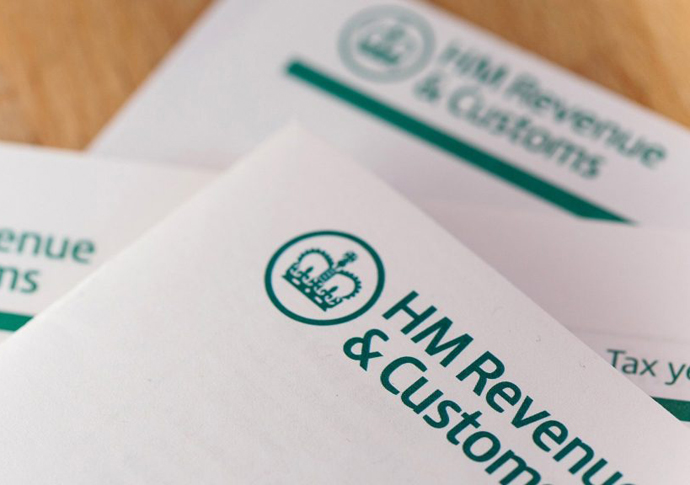Let’s use council tax reform to green our housing stock
Thursday, 10th November 2022

‘Dividing up under-occupied houses into flats is definitely not an easy task, but it can be done’
• YES, Deirdre Krymer, your correspondent, is right, a council tax revaluation is certainly overdue, (Outdated council tax is robbing us of crucial services, October 6).
Like any proposal which will result in an increase in household bills it will be strenuously resisted. But, since it affects us all, we could see it as a means of influencing the climate change impacts of our housing stock and not just improving council services.
While leafleting for the Green Party some time back I became aware of what appeared to be significant under-occupation of a number of properties in the NW1 and NW5 areas.
On the day prior to refuse collection I was surprised at how many empty bins I encountered outside three- and four-storey houses, a number of which only had one or two door bells.
No doubt at one stage these premises may have been occupied by a growing family. But with the passing of time children have grown up and “flown the nest”, perhaps an elderly relative has died or a marriage has ended.
Understandably, leaving what has become your home over decades is a challenge that a good number of people find too difficult to face.
But consider the other side of the equation. That under-occupied building has to be heated, and is certainly less likely to be properly insulated – so the CO2 emissions generated per resident are much more likely to be on the high side.
Then there is the cost of creating new housing for departed siblings / partners / elderly relatives. And when I say cost, unfortunately the emission impacts of construction of the developments I drive frequently past between Camden Street and Royal College Street and the Camden Goods Yard site are never taken into account by the planning process. So the real environmental impact never appears on the balance sheet.
So how could revaluation be devised to bring about “sympathetic” change? It’s got to be a combination of carrots and sticks.
Dividing up under-occupied houses into flats is definitely not an easy task, but it can be done.
Supposing we had a revaluation process which offered a discount against future charges over a period of a decade to the owner of the property undergoing conversion on the property they moved to? That would be the carrot.
The stick would be a new way of calculating the council tax: this would not just be based on age and whether there was a sole occupant but on the energy efficiency rating of the property. This too would need reworking as the energy performance certificate process does not properly take into account the CO2 generation capacity of a property.
Remember global warming is not going to wait while we make up our minds.
PETER C LYONS
Hartland Road, NW1